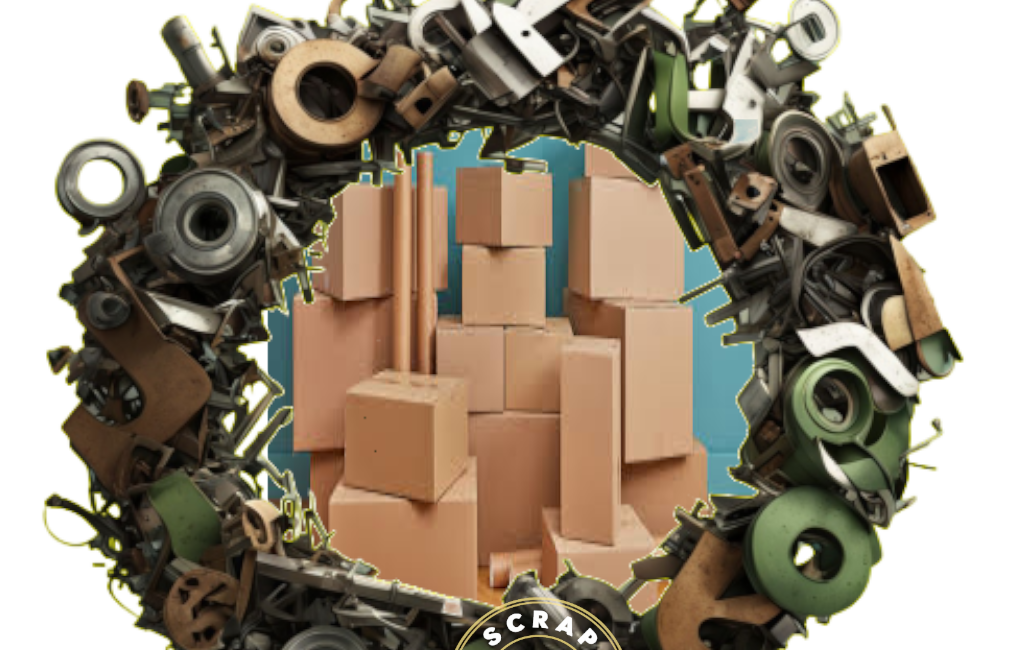Cardboard Scrap: Recycling for a Greener Future
Introduction
- Importance of recycling in modern society.
- Brief overview of cardboard as a recyclable material.
- Purpose of the article: Explore cardboard scrap recycling, its process, benefits, challenges, and the future of the industry.
Understanding Cardboard Scrap
- Definition of cardboard scrap.
- Types of cardboard commonly found as scrap (corrugated cardboard, paperboard, etc.).
- Common sources: households, retail stores, industries, and packaging materials.
Sources of Cardboard Scrap
- Residential waste: Delivery boxes, moving boxes, cereal boxes.
- Commercial and industrial sectors: Retail packaging, product boxes, bulk shipment containers.
- Collection centers and waste management systems: Local recycling programs, junk removal services.
Cardboard Recycling Process
- Step 1: Collection and sorting.
- Step 2: Pulping: Breaking down cardboard into fibers.
- Step 3: Filtering and de-inking.
- Step 4: Drying and shaping recycled material into sheets.
- Use of recycled cardboard in creating new products.
Benefits of Recycling Cardboard Scrap
- Environmental benefits:
- Reducing landfill waste.
- Conserving natural resources like trees and water.
- Lowering carbon emissions from waste decomposition.
- Economic benefits:
- Cost savings in production.
- Job creation in recycling facilities.
- Growth of secondary industries using recycled cardboard.
- Social benefits:
- Increased community awareness.
- Opportunities for small-scale recycling businesses.
Challenges in Cardboard Scrap Recycling
- Contamination issues: Oil, food residues, and adhesives.
- Inefficient collection systems in some areas.
- Fluctuations in the market value of recycled materials.
- Public unawareness of proper recycling practices.
Global Trends in Cardboard Scrap Recycling
- Recycling rates in different countries.
- Innovations in cardboard recycling technologies.
- Policy support and incentives in leading nations.
- Impact of e-commerce growth on cardboard waste production.
Future of Cardboard Scrap Recycling
- Emerging trends: Biodegradable coatings, smart sorting technologies.
- Increasing importance of a circular economy.
- Potential role of governments and NGOs in enhancing recycling infrastructure.
Success Stories and Case Studies
- Examples of companies and communities achieving high recycling rates.
- Impact of closed-loop recycling systems in reducing waste.
Statistics and Figures
- Global production of cardboard and paper.
- Recycling rates in different regions.
- Environmental impact of not recycling cardboard (e.g., landfill contribution).
Call to Action
- Encourage individuals to recycle properly.
- Promote collaboration between businesses, governments, and communities to improve recycling rates.
- Highlight the importance of education and awareness campaigns.
Conclusion
- Recap the significance of cardboard scrap recycling.
- Vision for a sustainable future with better recycling practices.
- End with a positive note encouraging collective efforts to reduce waste.

Leave a Comment